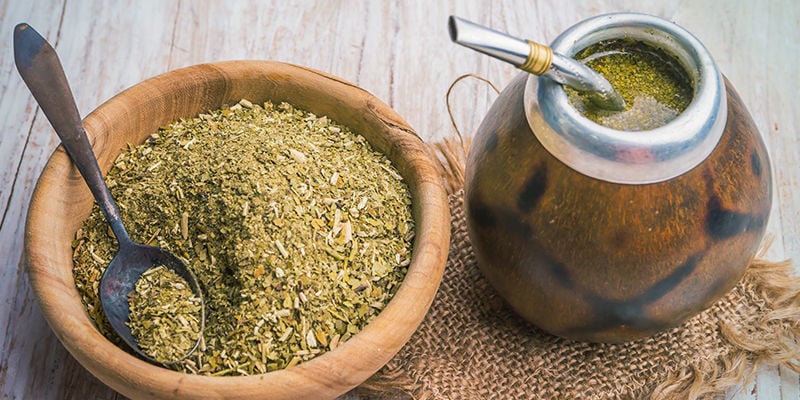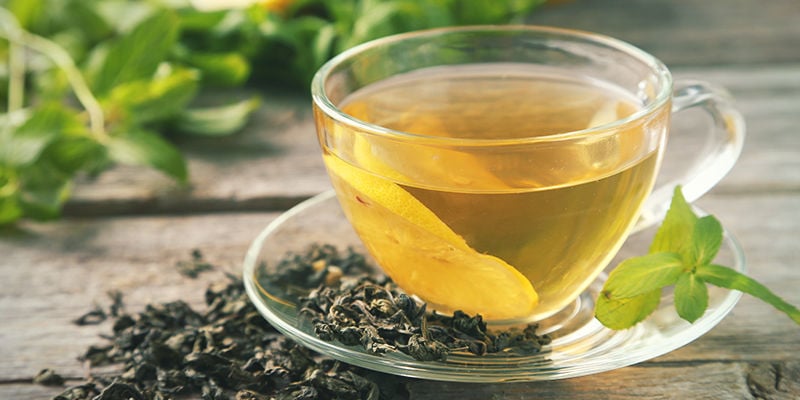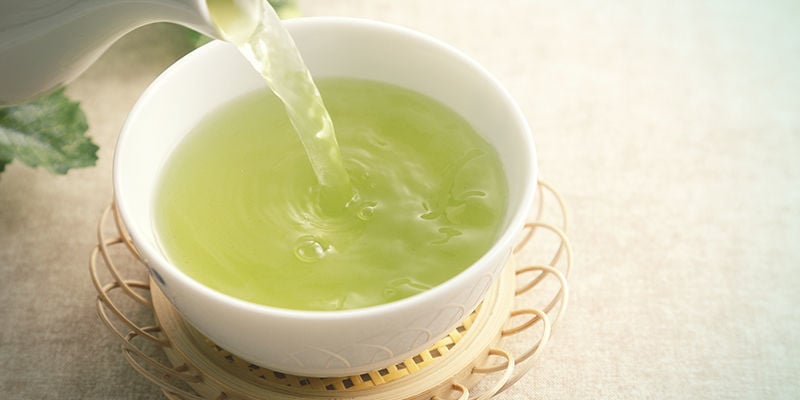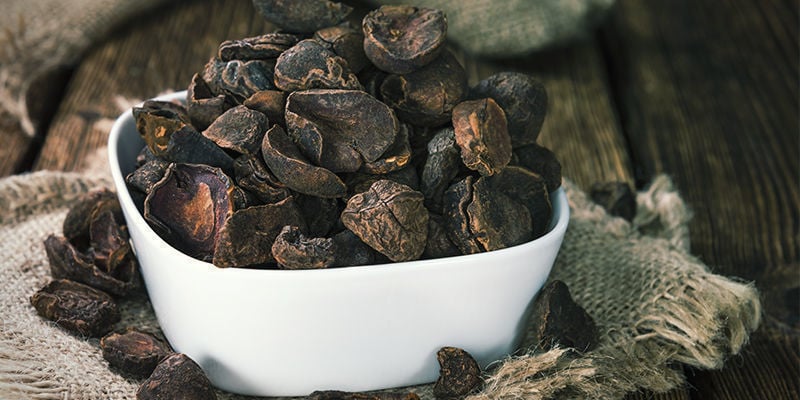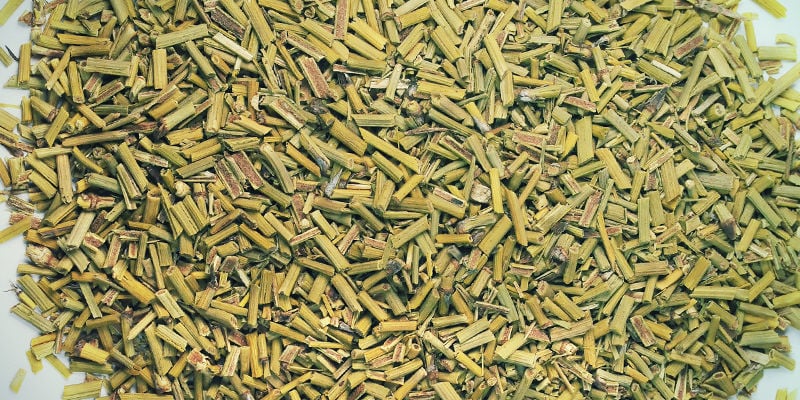
The Best Alternatives To Coffee: Natural Ways To Boost Energy
Although it may be hard to believe, not everybody is a fan of coffee. In case you happen to be one of those people, here is a list of perfect alternatives to the famous caffeinated beverage. Some of these options offer a nice, gentle stimulation. Others actually outperform coffee in caffeine content and pack an ever harder punch!
Millions upon millions of people all over the world enjoy coffee as a tasty and stimulating beverage. Many cherish the ritual of getting out of bed in the morning and heading to the kitchen to brew up a pot of fresh smelling and bitter-sweet tasting beans. The beverage, in all of its different forms from deep black espressos to frothy lattes, is enjoyed by some purely for its taste. However, one of the main reasons for drinking coffee is the energetic and motivating stimulation generated by the caffeine content within.
This quality of coffee makes it a great tool for those looking for a boost in concentration when writing, revising or studying. It certainly assists many individuals during work to maximise productivity and output. With that said, there are some that cannot stand coffee, or may even want to break their habit and step away from the beverage entirely. In this case, there are multiple other herbs and plants people can use in order to obtain the motivating buzz from caffeine and other substances without having to consume coffee at all.
THE BEST COFFEE ALTERNATIVES
Nature is a stunningly beautiful and extremely diverse phenomena, providing countless plants with innumerable uses. When it comes to the topic of stimulating plants, there are indeed quite a few, and all with slightly different outcomes. Some, like coffee, can be quite strong if prepared in such a way, providing a potent kick of caffeine. Others, such as yerba mate, are more subtle in effects, including substances such as theobromine.
Perhaps some of the best coffee alternatives out there include the South American yerba mate plant, the seeds of the Brazilian guarana fruit, green tea leaves, various strains of kratom, peppermint tea, kola nuts, ma huang, and betel nuts.
YERBA MATE
Yerba maté is a drink similar to tea that is traditionally consumed in South America. The beverage is usually served in a small pot or “mate” and consumed through a straw. Yerba mate actually contains less caffeine than coffee and for that reason is a great substitute for those who experience anxiety or jitters quite easily.
When put into numbers, a typical cup of coffee contains between 95 to 200 milligrams depending upon the roast and method of brewing. On the other hand, a tea bag of yerba mate containing 1 to 3 grams of the leaves provides only around 30 to 40 milligrams of caffeine. Therefore it can still give you a slight buzz, but perhaps without crashing or experiencing other unsavory side effects.
Another reason to choose yerba mate as a slightly stimulating beverage of choice is the fact that it contains many different promoting compounds. These nutrients include vitamins, minerals and antioxidants.
GUARANA
Guarana is a climbing plant that belongs to the maple family and is native to the Amazon basin. The fruit of this plant bears a seed with excellent stimulating potential. When scientists first analysed guarana, they believed its stimulating ingredient to be unique and therefore named it guaranine. As it turns out, the substance was actually just caffeine.
Guarana differs from yerba mate in that it is on the other side of the spectrum concerning caffeine concentration. In fact, guarana contains some of the highest levels of the substance found within all plants. It is reported to contain up to 3.6 percent to 5.8 percent caffeine by weight in comparison to the 2 percent provided by coffee.
Guarana has another advantage over coffee for those seeking something stronger to fuel both work and play. The stimulation experienced from ingesting the seeds is both stronger and longer lasting than that received from drinking coffee. It is metabolised slower by the body, leading to a less intense and more consistent release over several hours, instead of the peaks and crashes that coffee may initiate.
Additionally, guarana may also serve as a weight loss agent, possibly creating a type of heat within the body known as thermogenesis that is associated with the metabolism of body fat.
GREEN TEA
Green tea is becoming a popular alternative for both coffee and black tea. Surging in popularity due to its reported benefits, green tea includes a high amount of vitamins and minerals.
When it comes to the stimulation side of things, green tea accompanies yerba mate on the lower side of the spectrum. Green tea contains a fairly low level of caffeine, which provides a softer and more gentle course of effects. A cup of green tea provides around 24 to 40 mg of caffeine, which is quite a bit lower than the 95 to 200 milligrams offered by a cup of coffee. This makes green tea a great beverage for those who are very sensitive to caffeine, or simply want a strong tasting beverage with less intense results.
One interesting fact about green tea is that it also contains an amino acid known as L-theanine, which has the ability to cross the blood-brain barrier. Research has demonstrated that L-theanine and caffeine may work together in the body to improve brain function. L-theanine has also been shown to promote anxiolytic effects, which is especially useful in the presence of caffeine. This is why green tea may provide a more stable and even comfortable buzz as compared to coffee consumption.
Green tea also has fat burning capabilities of its own, boosting metabolic rate. This leads to an increase of the burning of fatty acids and may also be associated with a surge in physical performance.
KRATOM
Kratom is a tropical tree that is part of the coffee family and is native to Southeast Asia. The leaves of this plant are often used recreationally for the stimulating effects it promotes in smaller doses. However, ingesting much higher doses can actually lead to an opioid-like effect. There are various strains of kratom leaves available on the market named after the colours of veins on their leaves, as well as their country of origin. Examples include Bali kratom, Red Vein Kali, Super Green Malaysian, etc..
The stimulating outcomes of kratom when taken in lower doses may rival that of coffee consumption for some people. Reported effects include increased alertness, boosts in energy and social behaviour. As far as dosing goes, it is suggested to use approximately 1 to 5 grams of leaves.
Although the effects of kratom are somewhat similar to coffee, the mode of action is different than the caffeine found within coffee. Over 25 alkaloids have been isolated from kratom, with mitragynine believed to be the primary active alkaloid. This compound acts on the opioid receptors of the brain and stimulates at lower doses.
PEPPERMINT TEA
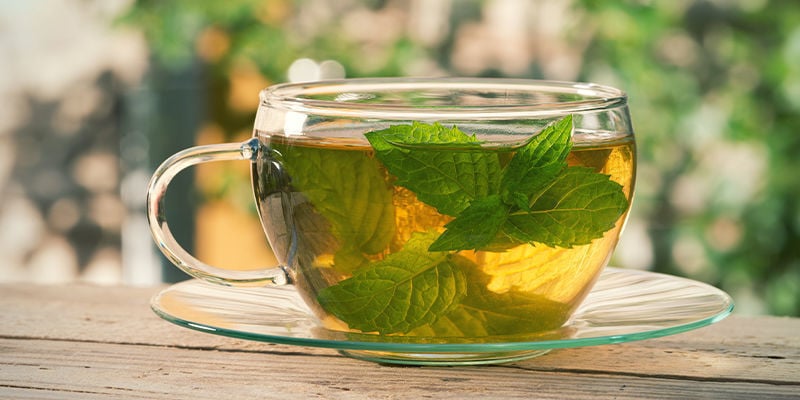
Peppermint tea is created using the leaves of the peppermint herb. This herb is extremely abundant and grows seemingly without limits. It is easy to cultivate, so much so that it is advised to grow it in pots so it doesn’t start taking over every square inch of your garden.
Peppermint tea actually does not contain caffeine whatsoever! This makes it the perfect replacement for those who are not fans of the stimulating effects of coffee, yet still desire a hot, warm and delicious beverage from time to time.
Although not stimulating, peppermint tea comes along with a host of benefits. For one, it's remarkably tasty and very refreshing.
Peppermint tea is ideal to consume with some meals, as it has been shown to be effective in relieving gas and bloating. This is because peppermint enables the relaxation of muscles, allowing gas to travel more freely through the digestive tract. According to some researchers, peppermint tea has revitilising powers that activate the same nerves as smelling salts.
KOLA NUT
Kola nuts are the fruit of the kola tree, which is native to the tropical rain forests of Africa. This special nut contains caffeine and can therefore be used as an interesting alternative to coffee. Traditionally, kola nuts are chewed, but they can also be infused into drinks.
As a nut that stimulates using caffeine, the kola may be held in higher regard over coffee by some users due to its edible nature and numerous benefits.
MA HUANG
Ma Huang is a species of plant native to China that has been used over thousands of years. Ma Huang is known to be important for the nervous system and acts in a similar way to adrenaline.
One of the main alkaloids in the plant is ephedrine, which is linked to increased athletic performance and weight loss when combined with caffeine. However, it is worth researching ma huang before ingesting, as it is known to include some side effects.
BETEL NUT
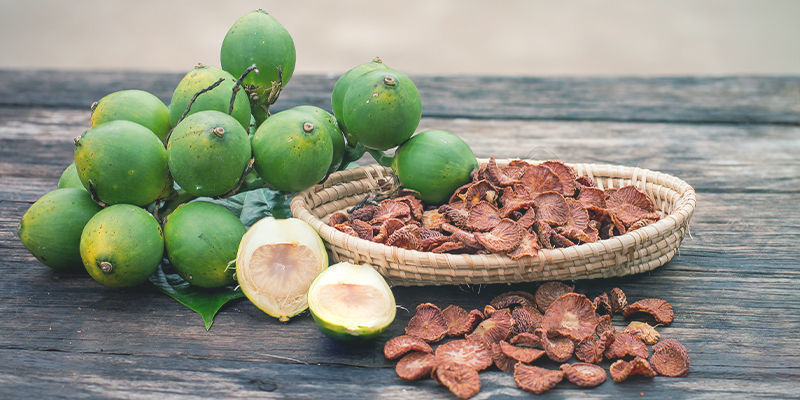
Betel nuts are another nut capable of inducing powerful stimulating effects. These contain the active compound arecoline, which supports the central nervous system by acting as a stimulant. Reports show that consuming betel nuts results in increased energy and cognitive function. Therefore, the betel nut asserts itself as an intriguing substitute for a typical cup of coffee.
-
 2 min
3 May 2017
7 Cannabis Strains Ideal For Boosting Motivation And...
Sativa strains of cannabis contain a high content of cannabinoids that can actually give you more energy and clear the fog from your eyes. Whether you just need a pick-me-up or you suffer with...
2 min
3 May 2017
7 Cannabis Strains Ideal For Boosting Motivation And...
Sativa strains of cannabis contain a high content of cannabinoids that can actually give you more energy and clear the fog from your eyes. Whether you just need a pick-me-up or you suffer with...
-
 1 min
17 June 2016
Yerba Maté Vs. Coffee: Should You Make The Switch?
We love coffee due to its stimulating abilities. However, coffee often brings with it some negatives. Yerba Maté can be a great alternative. Find out about Yerba Maté and how it compares to coffee.
1 min
17 June 2016
Yerba Maté Vs. Coffee: Should You Make The Switch?
We love coffee due to its stimulating abilities. However, coffee often brings with it some negatives. Yerba Maté can be a great alternative. Find out about Yerba Maté and how it compares to coffee.













 United States
United States

